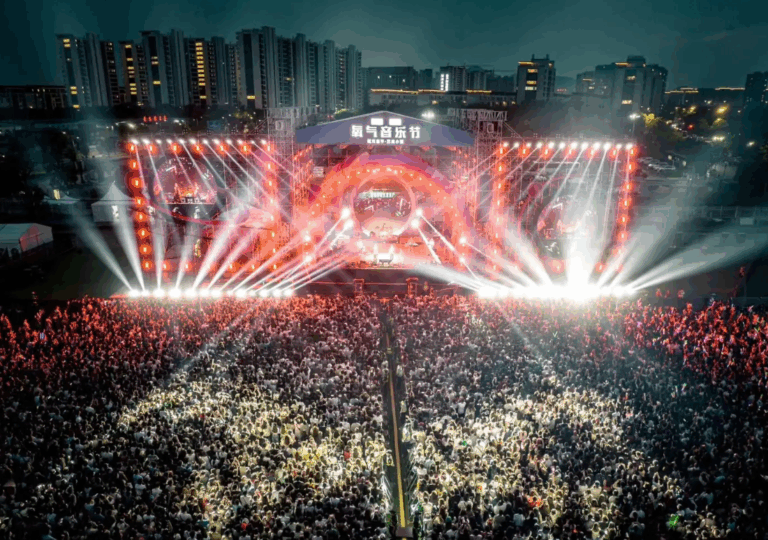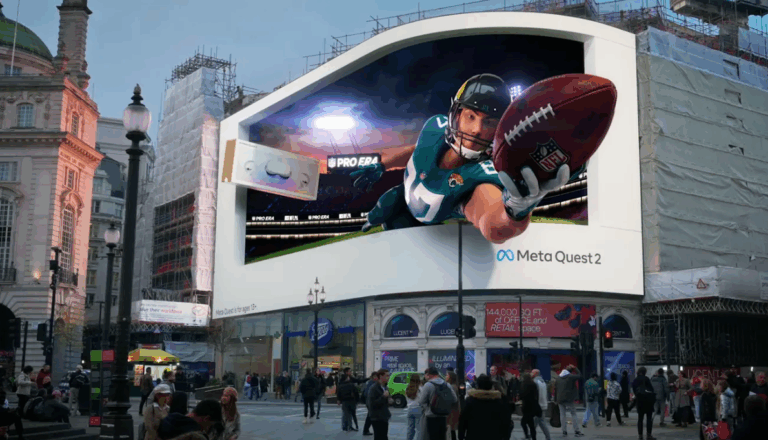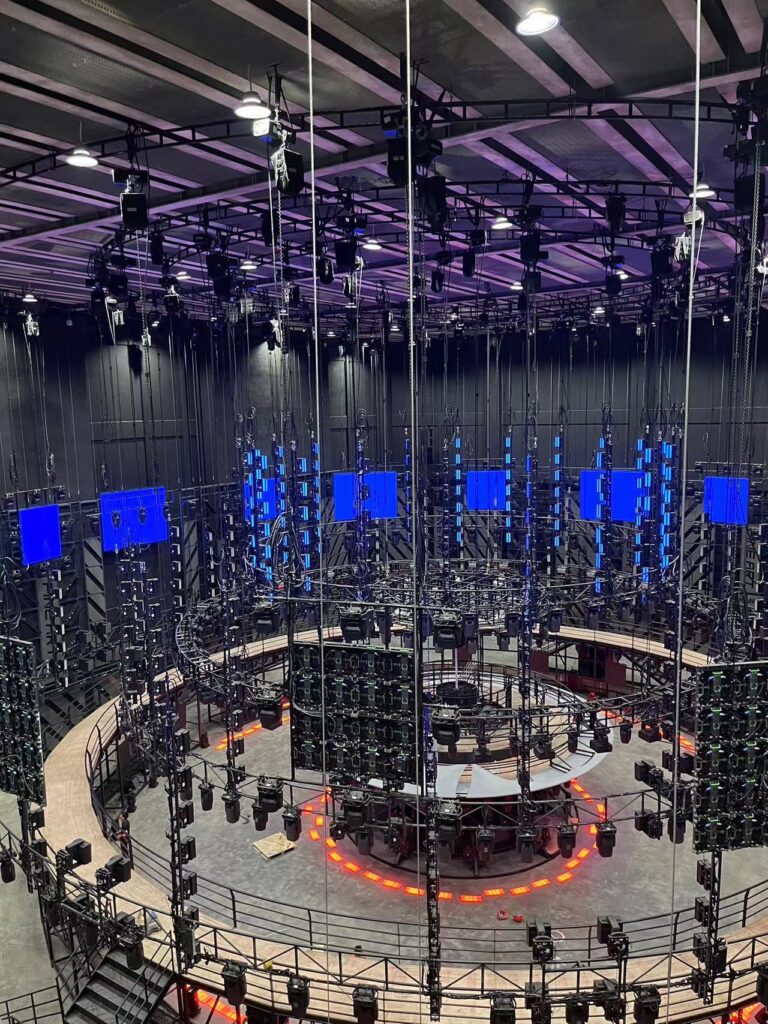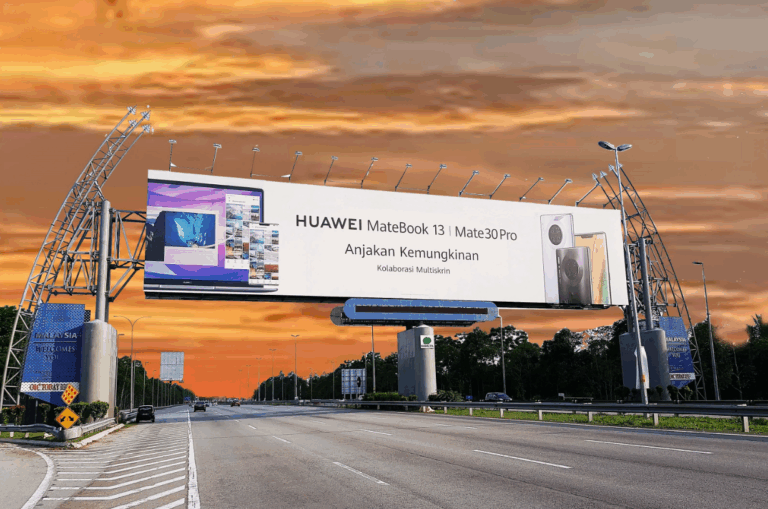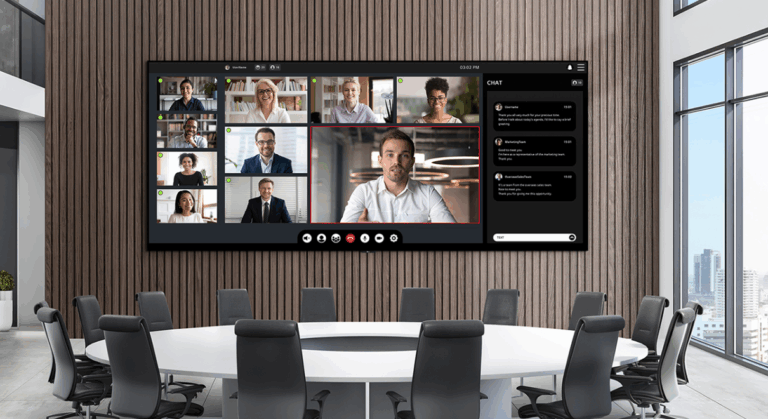Contents
-
Why Size and Configuration Define the Value of an LED Video Wall
-
LED Display Sizes: From Small to Massive, How to Choose
-
Key Configuration Elements for LED Video Walls
-
Recommended Sizes and Configurations for Different Scenarios
-
How Size and Configuration Affect Your Budget
-
How to Select the Best Size and Configuration for Your Project
-
Frequently Asked Questions (FAQ)
-
Conclusion
In the LED display industry, size and configuration almost determine a video wall’s “lifespan.” They not only affect visual impact but also influence budget, installation, and operational performance. Many businesses focus solely on making the screen “as big as possible,” overlooking critical configuration factors such as pixel pitch, resolution, and viewing distance. The result? High costs without the expected effect.
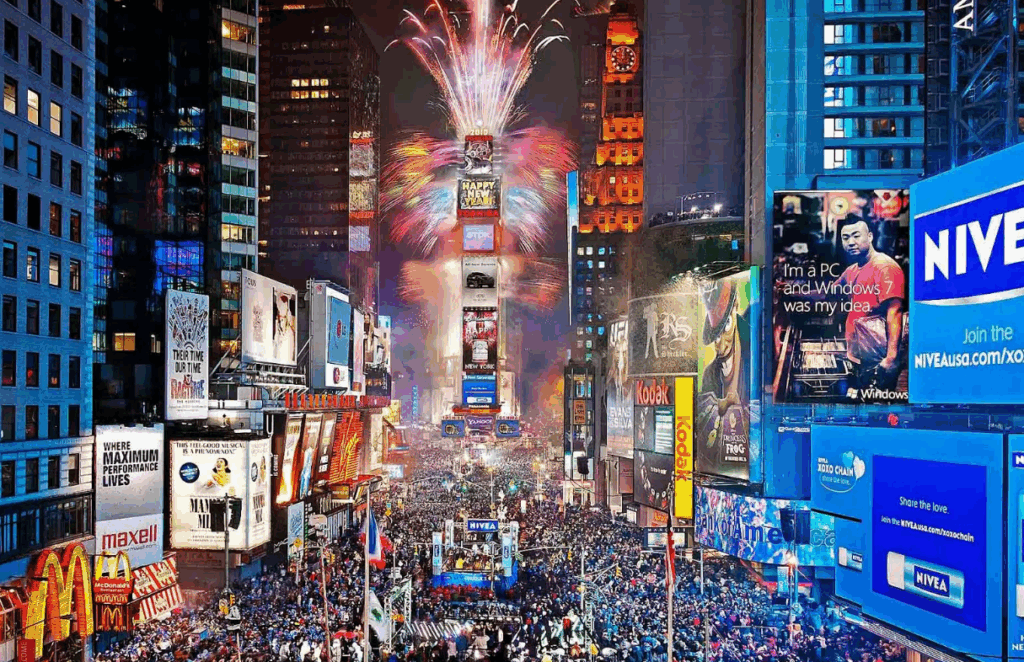
1. Why Size and Configuration Define the Value of an LED Video Wall
The size and configuration of an LED video wall directly impact its visual impact and overall performance. The right size ensures content is clear from near and far, while the configuration—pixel density, brightness, etc.—determines image quality and adaptability. Industry data shows that 80% of LED video wall projects fail due to inadequate planning. Key considerations include:
-
Visual impact: Large, high-resolution video walls capture more attention.
-
Application scenario: Indoor and outdoor environments have different size and brightness requirements.
-
Budget management: Proper configuration avoids unnecessary costs.
2. LED Display Sizes: From Small to Massive
Common LED video wall size ranges:
| Application | Recommended Size | Viewing Distance | Example Pixel Pitch |
|---|---|---|---|
| Corporate meeting room | 3m × 2m | 6–16 ft | P1.8 fine pitch |
| Shopping mall atrium | 6m × 4m | 16–50 ft | P2.5 full-color |
| Outdoor billboard | 12m × 8m | 65–165 ft | P6 or P8 |
| Sports stadium | 20m × 10m | 165+ ft | P10–P16 |
Tip: Match screen size to viewing distance. A common industry rule is 1mm pixel pitch per meter of viewing distance.
3. Key Configuration Elements for LED Video Walls
Configurations—including pixel pitch, brightness, and refresh rate—affect display quality and lifespan.
| Element | Indoor Recommendation | Outdoor Recommendation | Notes |
|---|---|---|---|
| Pixel Pitch | P1.5–P2.5 | P4–P10 | Determined by viewing distance |
| Brightness | 1000–2000 nits | 5000–8000 nits | Depends on ambient light |
| Refresh Rate | ≥1920Hz | ≥3840Hz | Higher rates for dynamic content |
| Protection Level | N/A | IP65+ | Outdoor walls need dust/water resistance |
Example: At an outdoor music festival, a P6 LED wall with 6000 nits provided clear, smooth visuals for the audience.
4. Recommended Sizes and Configurations for Different Scenarios
Different applications have different needs:
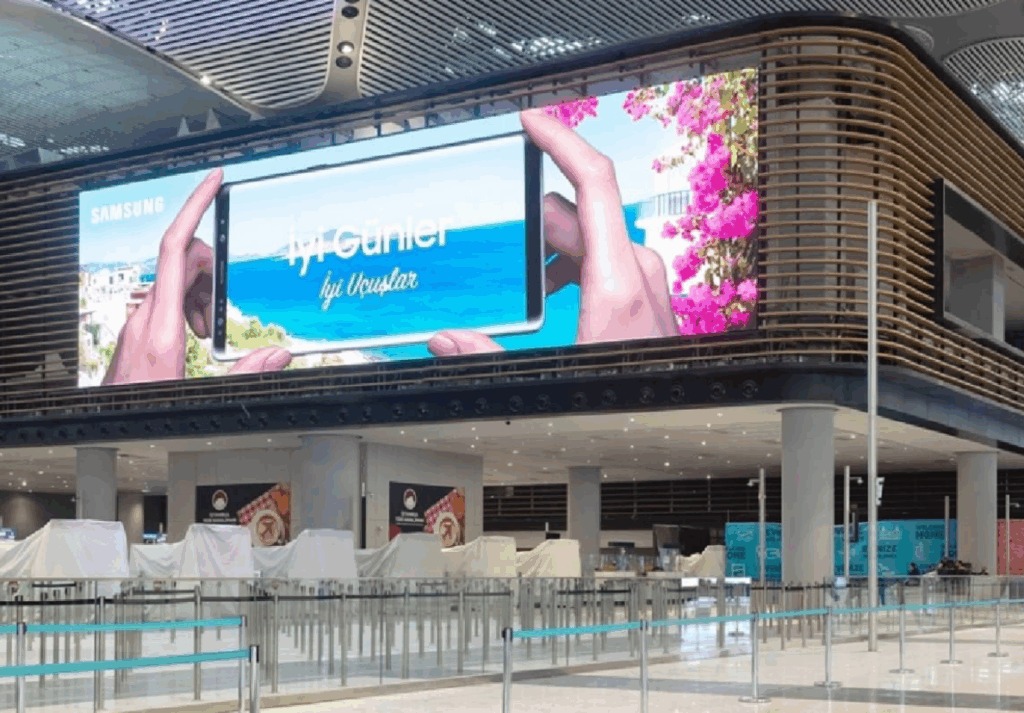
-
Retail and commercial spaces: 4–8㎡, P1.5–P2.5, 1500 nits, ideal for promotional videos.
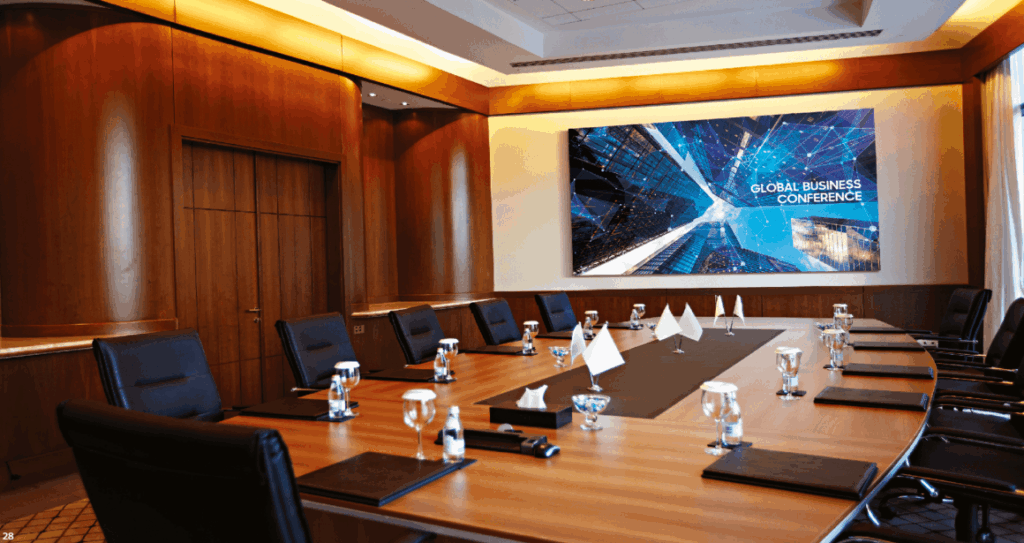
-
Conferences and exhibitions: 10–20㎡, P2–P3, ≥3840Hz refresh rate, ensures smooth presentations.

-
Outdoor advertising: 50–100㎡, P6–P10, 6000 nits, IP65, suitable for long-distance viewing.
5. How Size and Configuration Affect Your Budget
| Project | Price per ㎡ (USD) | Notes |
|---|---|---|
| Indoor fine-pitch P2 | $800–$1,200 | High resolution, often used in conference rooms |
| Outdoor P6 | $400–$600 | Common choice for outdoor advertising |
| Stage rental P3.9 | $500–$700 | Modular, suitable for events and performances |
6. How to Select the Best Size and Configuration for Your Project
Steps to follow:
-
Needs analysis: Define purpose (advertising, display) and determine viewing distance and content type.
-
Site measurement: Assess installation space, viewing angles, and ambient light.
-
Technical consultation: Work with a professional LED display supplier to select pixel pitch and brightness.
-
Budget evaluation: Plan based on market average ($500–$2,000 per ㎡).
-
Testing and adjustment: Conduct a test installation to ensure performance meets expectations.
7. Frequently Asked Questions (FAQ)
Q1: Is bigger always better for LED video walls?
Not necessarily. A massive screen in a small meeting room can feel overwhelming and waste budget. Fit the size to your space and purpose.
Q2: If smaller pixel pitch is clearer, why not always choose P1.2?
Cost. P1.2 can be more than twice the price of P3 and offers minimal benefit for distant viewers.
Q3: What’s the difference between rental and permanent LED walls?
Rental walls are lighter, modular, and quick to install/remove. Permanent installations are more durable and offer higher protection ratings.
Q4: How do indoor and outdoor LED walls differ?
Outdoor walls need higher brightness (5000+ nits) and IP65 protection. Indoor walls prioritize high resolution.
Q5: Do LED video walls consume a lot of power?
Example: A P3.9 stage wall consumes about 300W/㎡. A 50㎡ wall at full load can reach 15kW and requires dedicated power distribution.
Q6: What spaces are small LED walls suitable for?
Small walls (2–10㎡) are ideal for retail, restaurants, or menu displays.
Q7: What is the typical lifespan of an LED video wall?
High-quality products last 5–8 years, depending on maintenance and operating conditions.
8. Conclusion
The size and configuration of an LED video wall directly determine visual impact and ROI. From viewing distance and budget allocation to real-world application, every factor matters. The best approach: define your needs first, then determine the size and configuration, rather than blindly chasing “bigger and sharper.”
Have you picked the right LED video wall solution for your project? Share your needs or questions!

